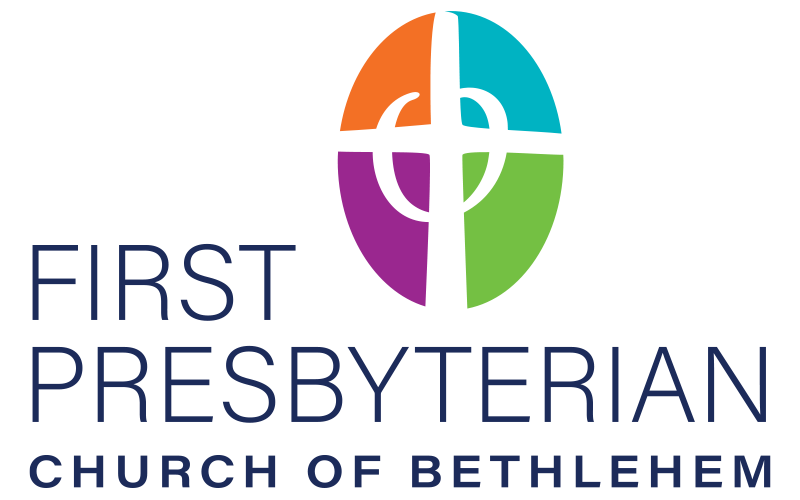“What’s the Deal With…the Benediction?”
(part of an occasional series on aspects of being Presbyterian)
A number of you have asked where I got the benediction with which I end every service. The simple answer is that it’s the one my pastor used when I was growing up. It goes like this:
Now, go forth into the world in peace.
Be of good courage.
Hold fast to that which is good.
Render to no one evil for evil, but overcome evil with good.
Support the weak; help the afflicted; honor all persons.
Love and serve the Lord, rejoicing in the power of the Holy Spirit.
And may the grace of our Lord Jesus Christ, the love of God, the communion and fellowship of the Holy Spirit rest upon you and remain with you now and always.
I always really liked it, though I probably couldn’t have articulated exactly why. Once that I went to seminary, I discovered the actual reason: it’s because it’s both a Charge and a Blessing.
“Benediction” literally just means, “words of blessing.” That’s the last part, asking the blessing of the Triune God upon us all. The part before is the Charge: the summary of the things that we should be doing as Christians. I think it’s important to have both. The Charge without the Blessing would be like saying, “do all these important and difficult things and … good luck with that!”
The Benediction without the Charge would be easy to misinterpret as the point in and of itself: “you are all blessed; enjoy it!”
But by putting them together, it makes clear that we are commissioned to go into the world as the Body of Christ, and individually members of it, and in doing so we are to act like Christ in all those kinds of ways. AND, God provides us with the blessing and power of the Holy Spirit so that we can fulfill that commission.
The Benediction itself is basically an amalgam of different Scripture passages, but it is closest to a set of instructions Paul provides in the 12th chapter of Romans. But it was actually written for inclusion in the Episcopalian Book of Common Prayer at the turn of the 20th century. Oddly, the Episcopalians didn’t particularly care for it, and it was dropped from subsequent prayer books.
The Presbyterians, however, really liked it and started using it, including it in their own Book of Common Worship a few years later as the suggested Benediction at the end of a Confirmation Service. And in that sense, it is both very Presbyterian and very ecumenical: ecumenical because those are basic aspects of being any kind of Christian, but Presbyterian because we put a particular emphasis on being commissioned as both disciples and servants of Christ through our Baptism. So, in a sense, we go through a “Confirmation” at the end of every worship service, confirming once again that we are called, empowered, and sent to do the will of Christ in our everyday lives, as well as our worship and work in the church.
So think about that this Sunday as I say it, and see where God sends you to serve next!
